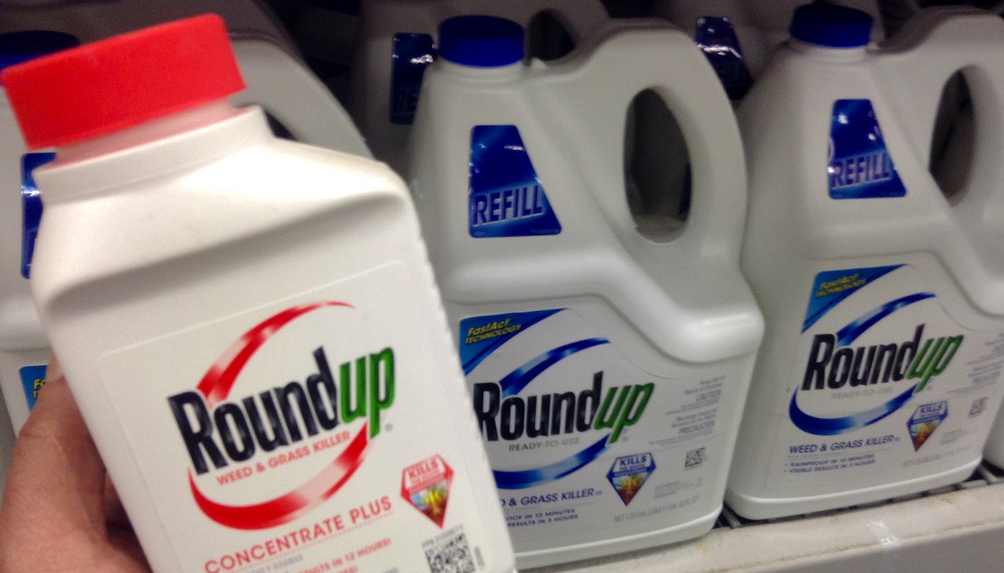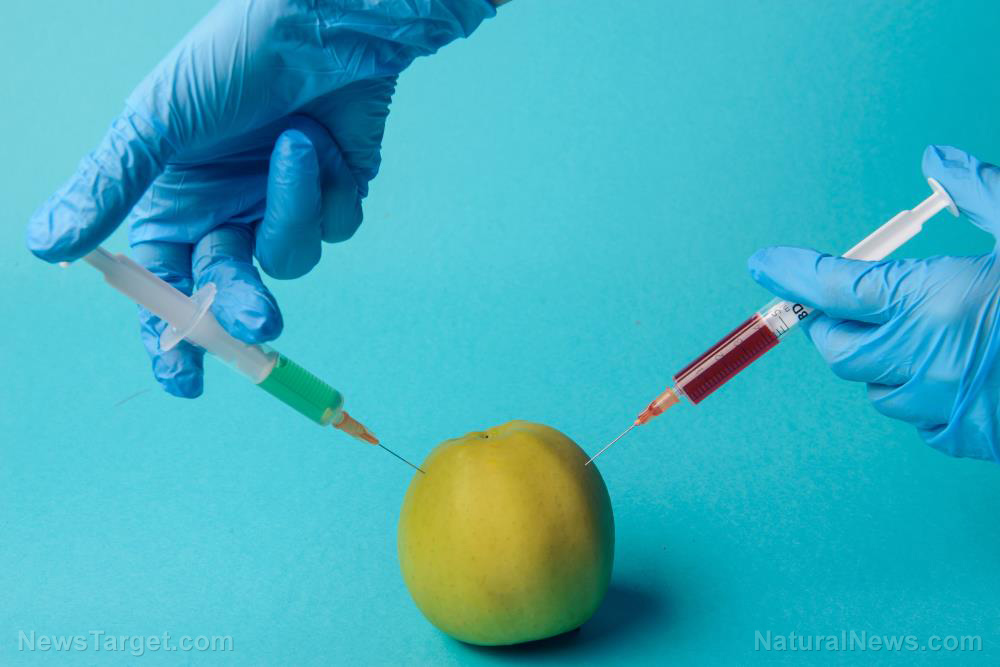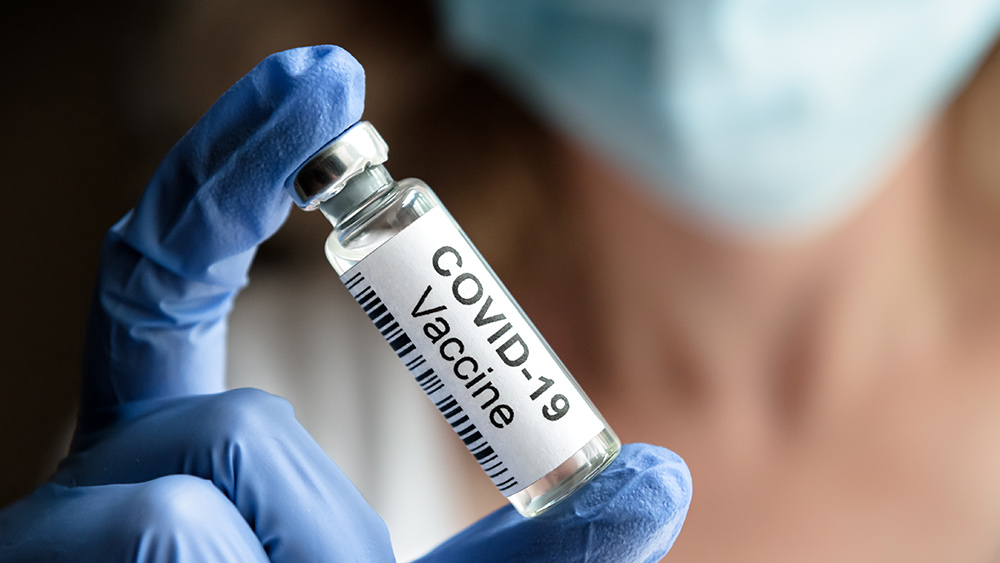
Most people have no idea just how widely used this chemical is. Now that Monsanto has genetically engineered crops to stand up to heavy doses of the chemical, it’s being sprayed on more food crops than ever. It is then taken up into the plants that we eat – as do the farm animals that we often end up eating as well.
According to a study by Norwegian scientists, American soy crops contain excessive glyphosate levels inside the food crop. In fact, the levels they found were “extreme” even by Monsanto’s own standards, which they defined as 5.6 milligrams for each kilogram of plant weight; the levels found in the study were 9 milligrams per kilo on average.
This might be enough to send you scrambling in the opposite direction of tofu, but even if you don’t happen to eat it, you’re not out of the woods. That’s because GE soy and corn – two more crops that are often engineered to be Roundup-ready – are in the ingredients lists of many processed foods, hiding under terms like lecithin, mono-diglyceride, textured vegetable protein, and soya, to name a few.
In fact, a report from the Environmental Working Group found that 26 out of the 28 common breakfast foods they tested contained higher levels of glyphosate, the active ingredient in Roundup, than they consider safe for children. The foods involved will be all too familiar to most American households, including cereals, oat products, and snack bars from popular brands like Cheerios and Quaker.
Why is all this Roundup on your food so concerning? It goes far beyond the concept of consuming chemicals meant to kill weeds, which is unpalatable enough on its own; a major review that looked at a sizeable body of evidence – 44 scientific studies, to be exact – revealed that exposure to glyphosate doubled farmers’ risk of developing a deadly type of cancer known as non-Hodgkin’s lymphoma. The researchers believe that it does this by disrupting the way your white blood cells function, thereby sending your immune system into a dysfunctional state that is the perfect environment for cancer cells to proliferate.
A study published in Environmental Research discovered that switching to an organic diet for just a week reduced the amount of pesticides in people’s bodies by as much as 90 percent, showing that it’s never too late to make a positive change in your diet that can bring about significant health benefits.
Considered a probable carcinogen by the International Agency for Research on Cancer, glyphosate is at the center of several class-action lawsuits against Monsanto on behalf of people who have developed cancer as a result of Roundup exposure.
It’s not just food you have to worry about
Let’s say you’re doing everything you can to avoid exposure by eating the right foods or growing them yourself. If so, congratulations are in order – but you also need to be aware that it’s getting into your body in other ways, too.
Because the amounts of Roundup dumped on food crops are so excessive, it is making its way into the air we breathe and the rain that runs off into our water sources. Exposure to the chemical in these ways can alter hormones, spurring heart problems, diabetes and obesity. It’s also harming wildlife.
Perhaps the worst part of this story is that Roundup simply isn’t delivering on its promises to reduce the use of chemicals on food. In fact, GMO technology increased the use of herbicide by a mind-boggling 527 million pounds from 1996 to 2011 – an 11 percent rise. For every pound less that farmers used of insecticide, they used four pounds more of herbicides!
In other words, glyphosate is everywhere these days – it’s in the food you eat, the water you drink and bathe in, and the air you breathe. You can minimize your exposure by sticking to organic food, but until significant changes are made in agricultural practices, it’s a serious problem that is here to stay.
Sources for this article include:
Please contact us for more information.























